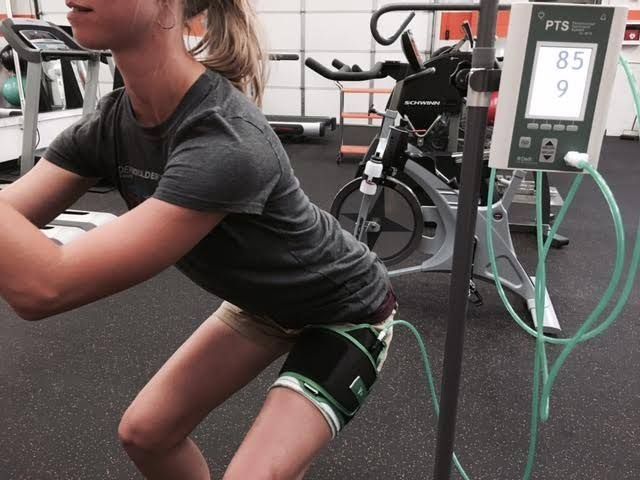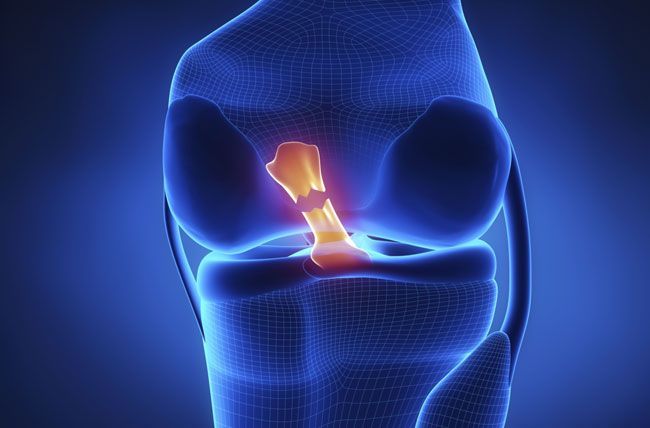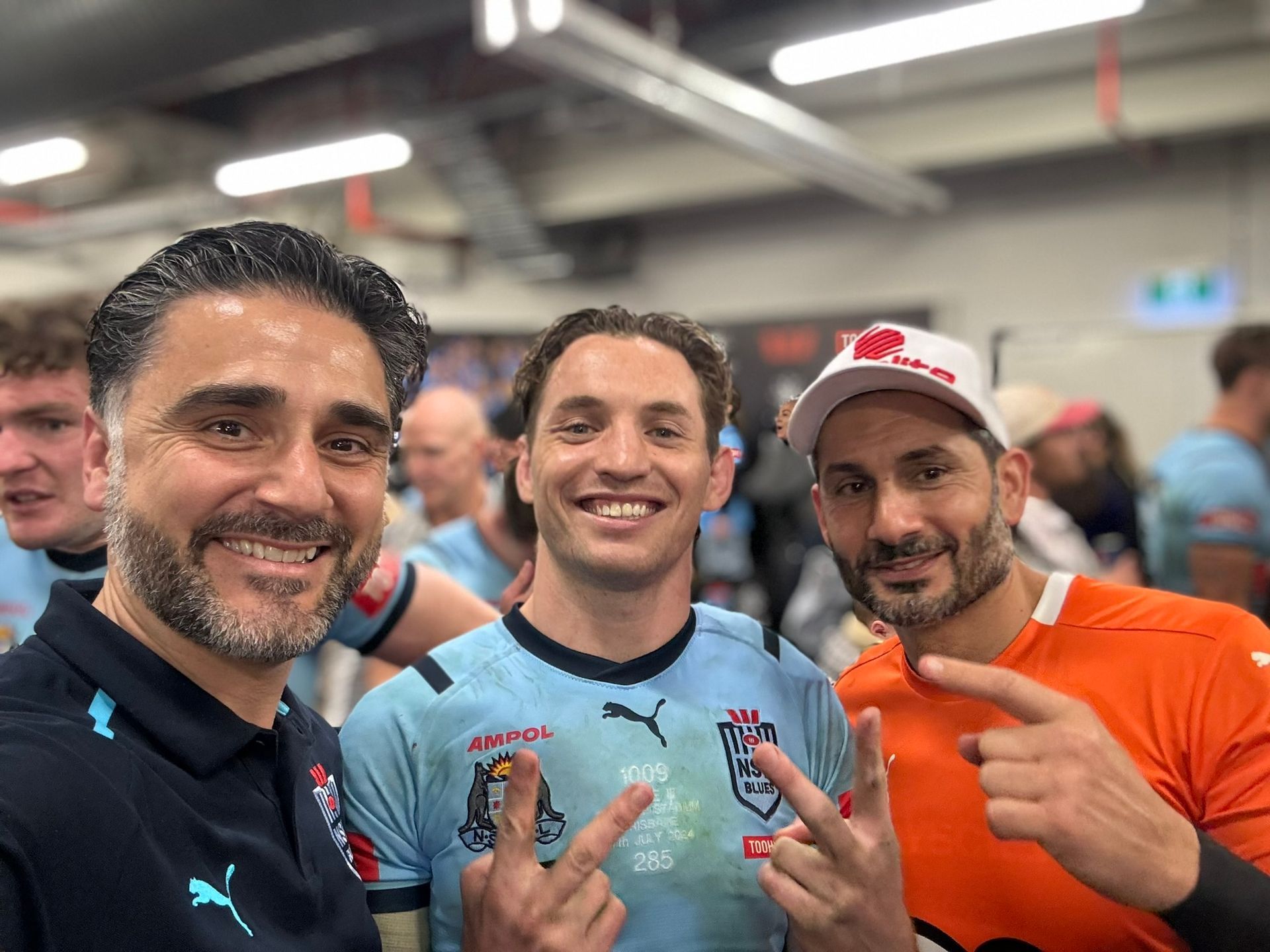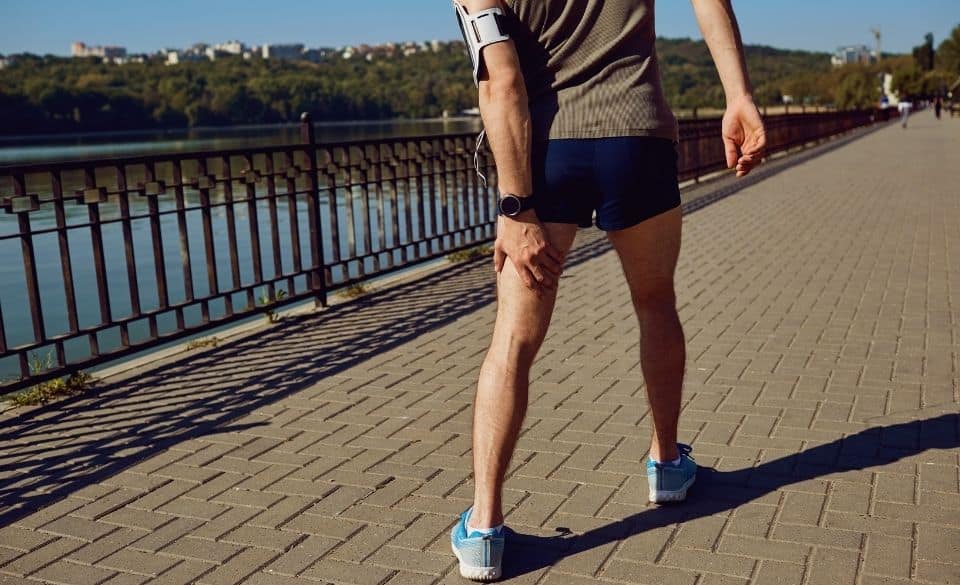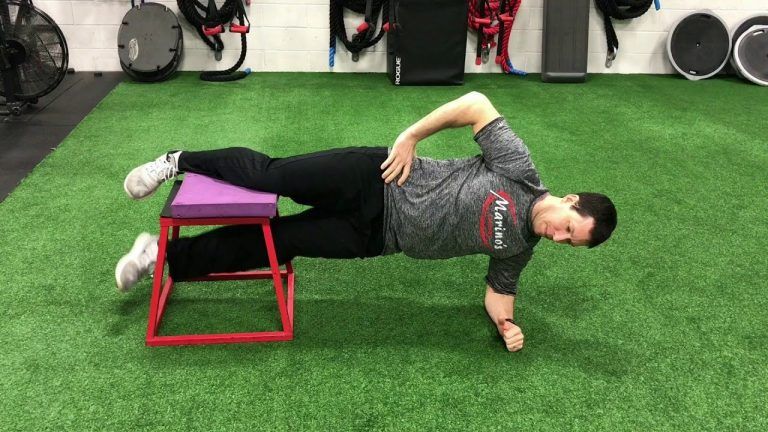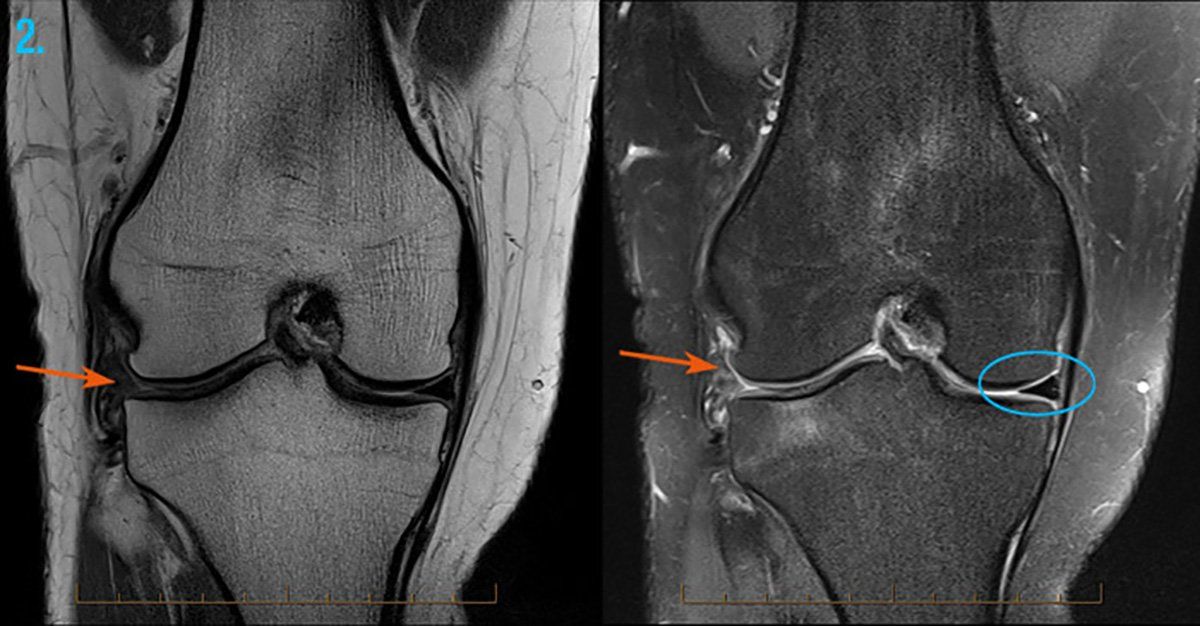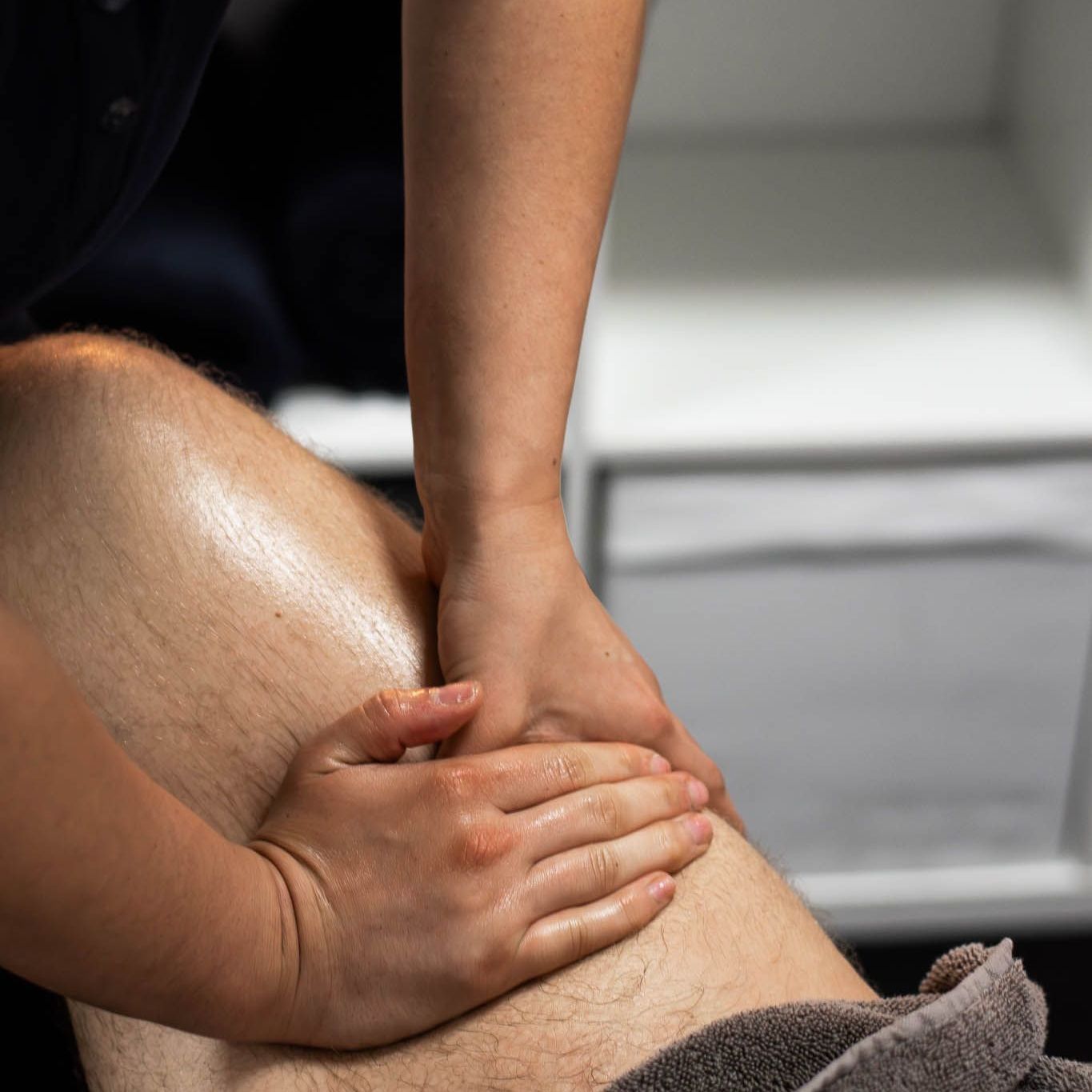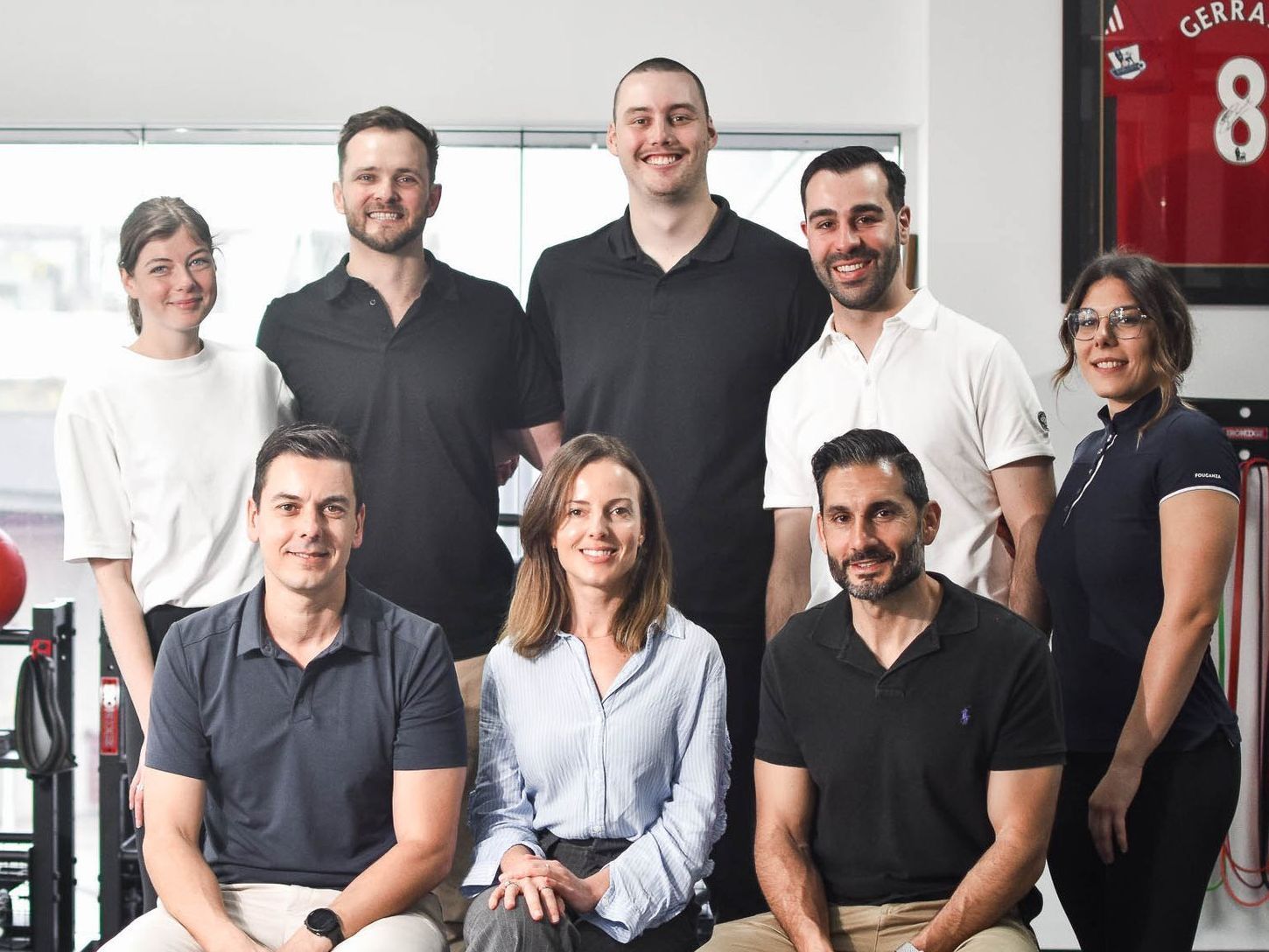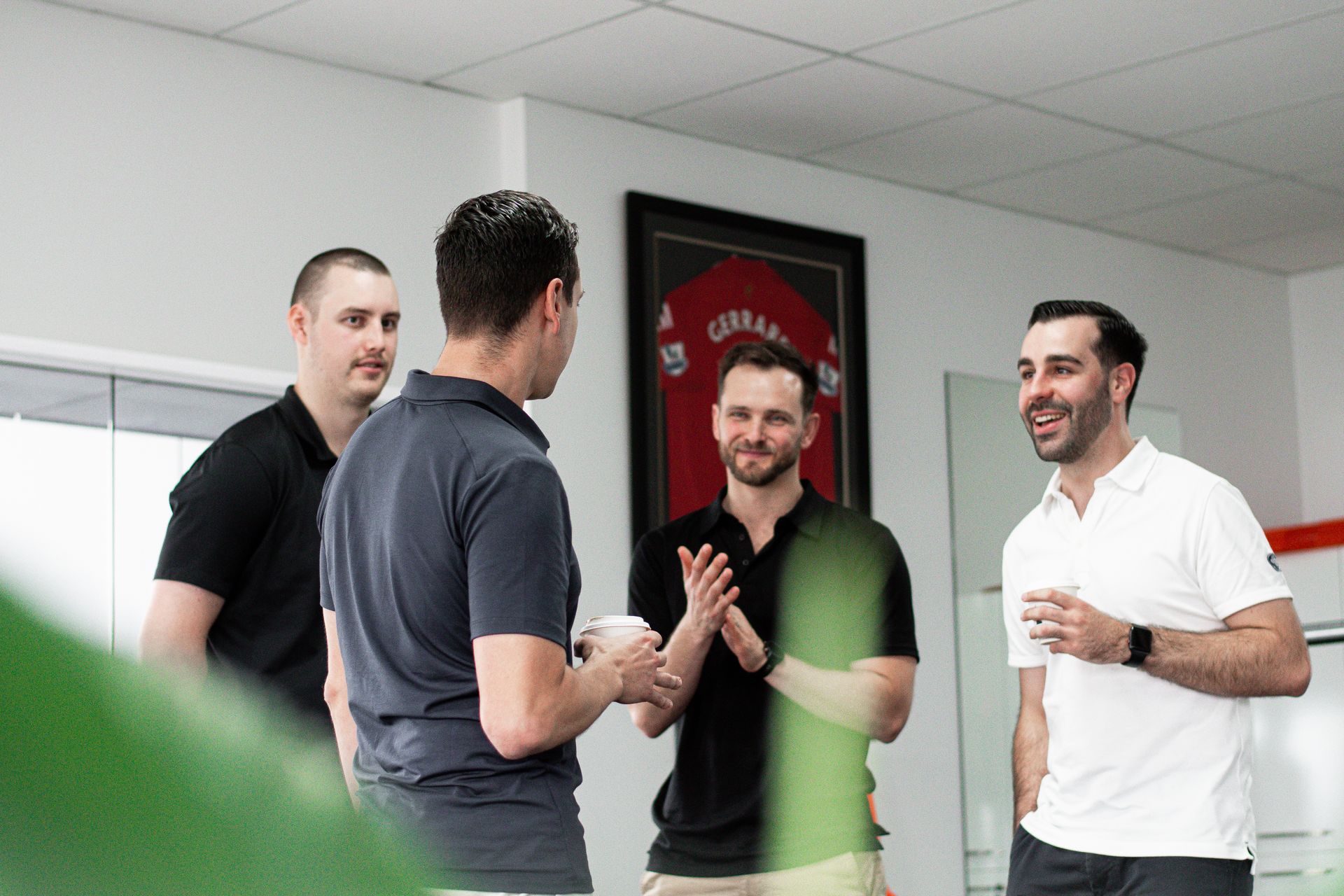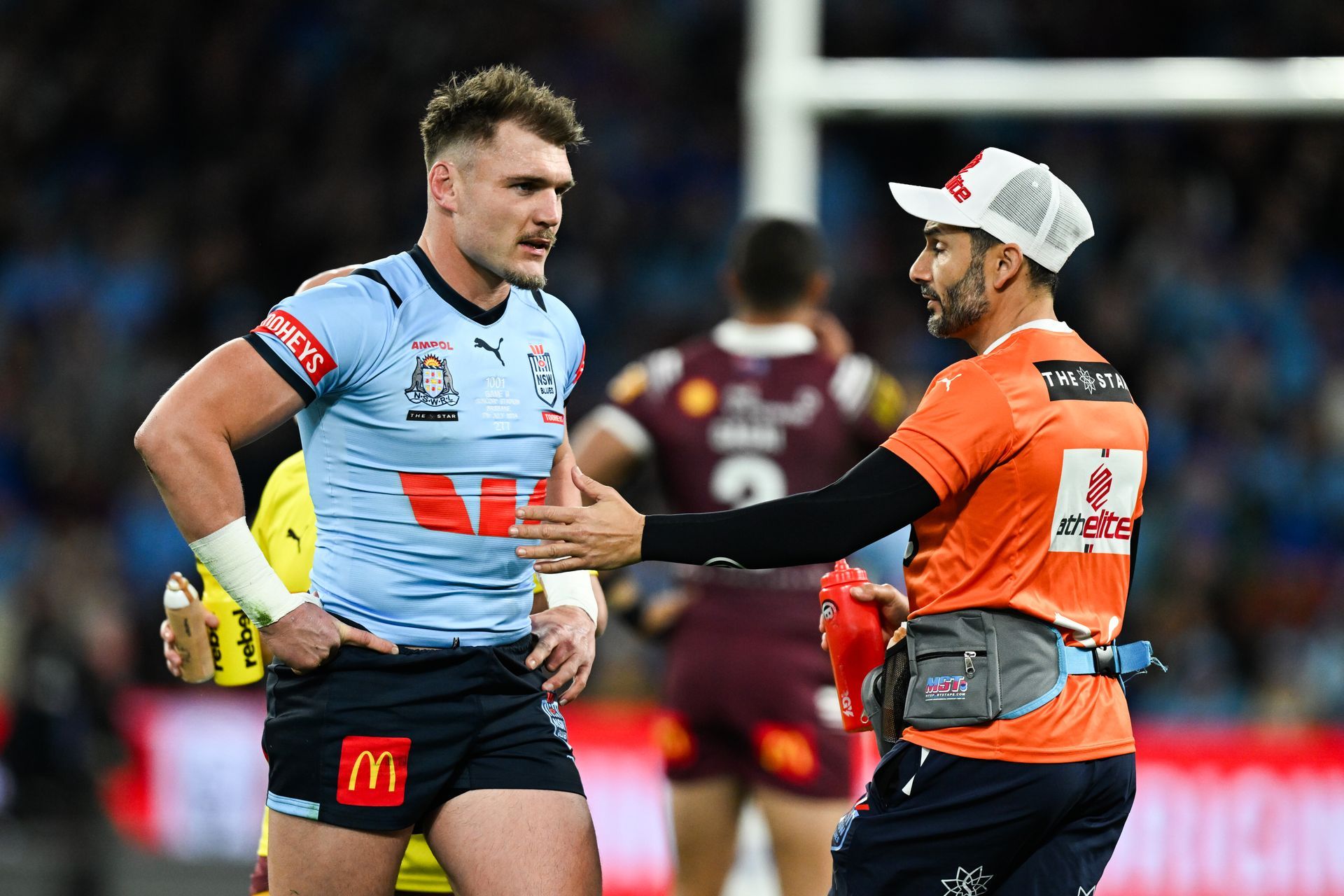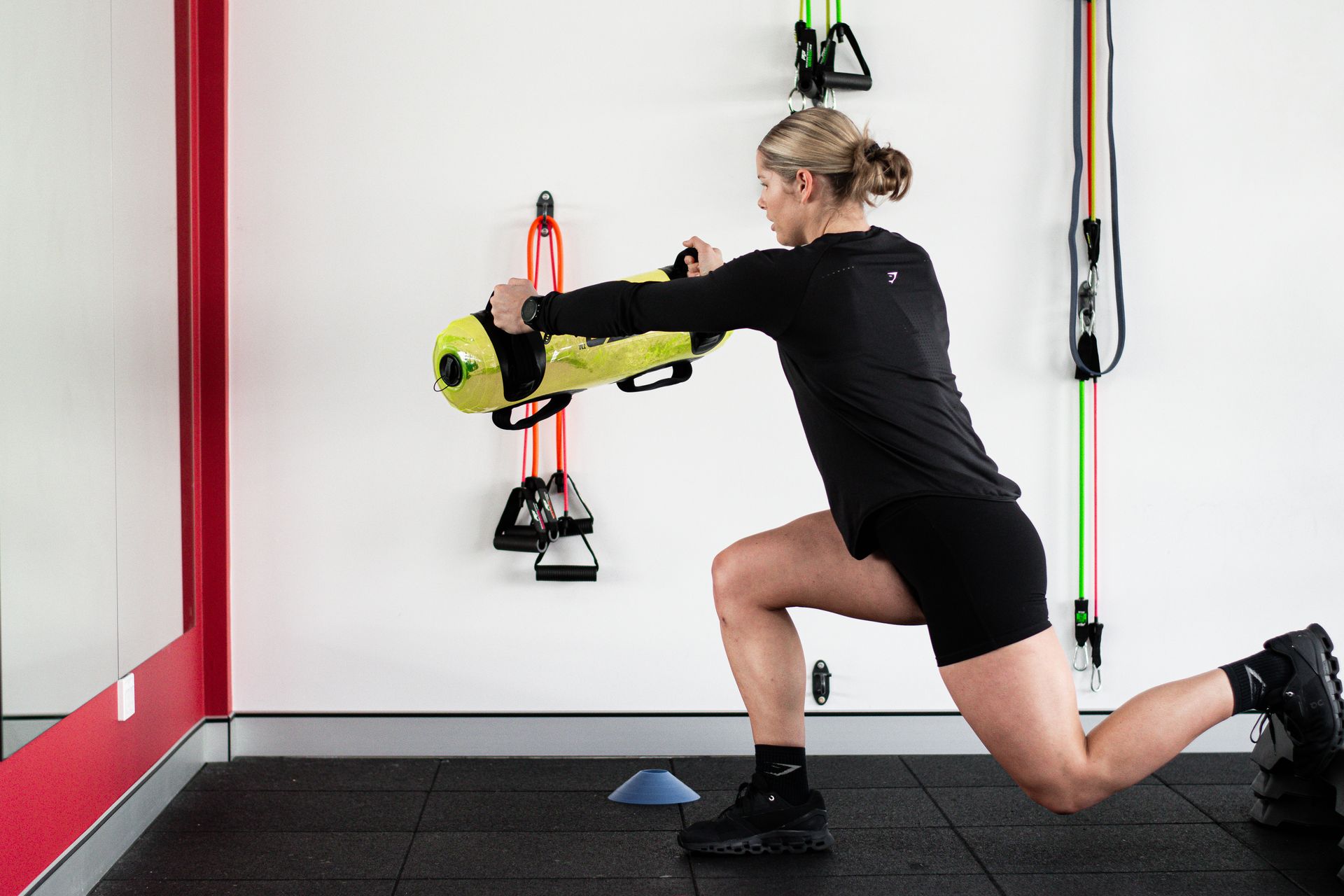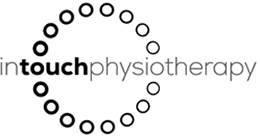PEACE and LOVE – Immediate Management of Soft Tissue Injuries
Immediate Management of Soft Tissue Injuries- PEACE and LOVE
Common and well-known principles of soft tissue injury management include principles such as RICE and POLICE, but there is so much more complexity to the management and rehabilitation of soft tissue injuries. These well-known methods focus on the acute management of soft tissue injuries and do not really provide any information on the sub-acute and chronic stages of soft tissue healing.
However, the British Journal of Sports Medicine has spent much time studying the literature and they now suggest the use of these two new acronyms to optimise recovery.
P.E.A.C.E. for initial injury management and L.O.V.E. for subsequent management.
PEACE
PROTECT
Unload or restrict movement in the area for 1 to 3 days. This may require the use of crutches for a leg injury, or a sling for the arm.
- this reduces bleeding
- minimises further damage
- reduces risk of aggravating injury
Let pain guide removal of protection and gradual reloading
ELEVATE
Elevate the injured area above the level of your heart to reduce swelling.
- this promotes fluid flow out of the injured tissue
- although poor evidence for it – it still is recommended as there is a low risk-benefit ratio
AVOID ANTI INFLAMMATORIES
During the acute phase anti-inflammatories can inhibit tissue repair. Simple analgesics like paracetamol can be used for pain relief.
Optimal soft tissue regeneration is supported by the various phases of the inflammatory process. Making use of medications to inhibit the inflammatory process could impair the healing process
AVOID ICE
- use of ice is mostly analgesic
- although it is widely accepted as an intervention there is very little high quality evidence that supports
- the use of ice in the treatment of soft tissue injuries
COMPRESS
External mechanical compression with a brace, bandage or taping can reduce local swelling and prevent further bleeding within the injured tissues.
EDUCATION
Speak with your physical therapist about the injury and get a guideline for recovery and a therapy plan. Set goals about recovery times and expectations. Understand that restrictions for loading the injured area is only a temporary protective measure for the first 2 to 3 days.
- There are many benefits of an active approach to recovery instead of a passive approach
- Patients need to have a better understanding of their condition. This is achieved through consultation with your physiotherapist to set realistic expectations and recovery times
LOVE
“After the first days have passed, soft tissues need LOVE”
LOAD
An active approach, with movement and exercise, benefits most injuries. Loading or stressing the joint or muscle (essentially making it work) within the limits of pain early on, actually promotes healing and stimulates tissue repair.
Optimal loading without increasing pain
- promotes repair and remodelling
- builds tissue tolerance and capacity of tendons, muscles and ligaments
OPTIMISM
The brain plays a significant part in rehabilitation interventions. Science has shown that depression, fear and catastrophising about an injury and the recovery, can actually result in worse outcomes and a worse prognosis. Stay realistic but optimistic to improve the chances of optimal recovery.
VASCULARISATION
This is a fancy word for improved blood supply to an area. Better blood flow means more oxygen and nutrients to the injured tissue which ensures good healing. Moving and working the joint or muscle and exercising the tissues around the area will increase blood flow to the injured site
- Pain free cardiovascular activity is a motivation booster and it increases blood flow to injured structures
- Benefits of early mobilisation and aerobic exercise in people with musculoskeletal disorders include:
- improvement in function
- improvement in work status
- reduces the need for pain medication
EXERCISE
Controlled exercise, within pain limits, is key from the beginning of your recovery. Restoring mobility and building strength will speed up your recovery and help prevent a recurrent injury
- Evidence supports the use of exercise therapy in the treatment of ankle sprains and it reduces the risk of a recurring injury
- Benefits of exercise:
- restores mobility
- restores strength
- restores proprioception, early after an injury
- Avoid pain to promote optimal repair in the subacute phase
- Use pain as a guide to progress exercises gradually to increased levels of difficulty
The management of soft tissue injuries, whether it is a hamstring strain or an ankle sprain, should not just focus on short-term damage control. Rehabilitation should also focus on long-term outcomes and management.

